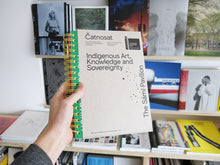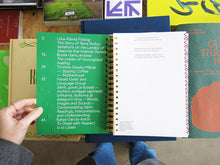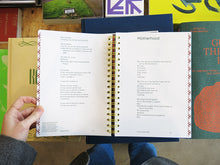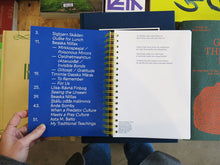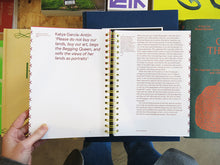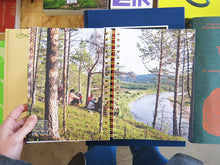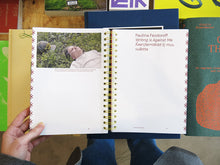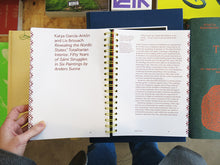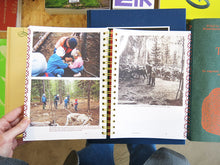
Čatnosat: The Sámi Pavilion, Indigenous Art, Knowledge and Sovereignty takes as its starting point a ground-breaking moment in the history of the Biennale Arte in Venice: the Indigenisation of the Nordic Pavilion in 2022, by ‘The Sámi Pavilion’ project. Featuring the creative practices and worldviews of Sámi artists and land guardians Pauliina Feodoroff, Máret Ánne Sara and Anders Sunna the project represented a sovereign call for Sápmi (the Sámi homeland spanning Norway, Sweden, Finland and the Kola Peninsula) and revolved around three elements: trans-generational relations, holistic Sámi knowledge and learning, and Sámi spiritual perspectives.
Čatnosat, whilst inspired by ‘The Sámi Pavilion’, stands on its own feet to reflect on Indigenous sovereignty within the interconnected spaces of land, art and knowledge and to consider the centrality of story-telling, sound and the spoken word in Sámi perspectives. The book is conceived in three sections, neither beginnings nor ends, highlighting the importance of non-linear time in Sámi life. One section is dedicated to the artists’ work and writings; a second section presents an experimental short play, poems, as well as stories interlinking Sámi spiritual, political and philosophical perspectives. A third section reflects upon Indigenous and Western concepts of land, the long history of Sámi epistemology, the relationship between Sámi land, people and language and the curatorial practices in ‘The Sámi Pavilion’ that seek to empower the above mentioned notions.
An exercise in Sámification, Čatnosat advocates for the importance today of Indigenous holistic perspectives, and Sámi Indigenous wisdom in all fields of art and living.
256 pages, 17 x 24 cm, softcover, Valiz (Amsterdam).








